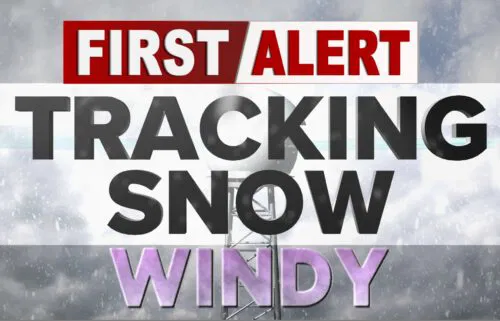Elon Musk is planning a subtle change to Twitter that could make it harder to stop the bots
By Rachel Metz, CNN Business
Elon Musk has been saying for months that he wants to stamp out spam and fake accounts on Twitter, but a subtle change he’s planning to make to the platform could complicate that goal.
In a tweet this week, Musk said Twitter will stop showing notations such as “Twitter for iPhone” and “Twitter Web App” at the bottom of tweets, which are intended to indicate where users’ messages originate. The change might seem small compared to the many other ways the billionaire is upending the company, but it’s a move that experts say could actually make it trickier to spot inauthentic activity on the social network.
Musk announced the plan on Monday alongside several tweets in which Twitter’s new owner apologized for the platform being “super slow in many countries” and explaining that he will turn off some unnecessary parts of Twitter’s architecture. As part of this, he wrote: “We will finally stop adding what device a tweet was written on (waste of screen space & compute) below every tweet. Literally no one even knows why we did that …”.
But even if Musk doesn’t see the value in it, some academics do. Experts in malicious online activity and misinformation told CNN that knowing how a tweet was posted can serve as one of many signals that accounts are coordinating posts on the social network, which can be a sign of suspicious activity such as spam or phishing.
Filippo Menczer, a professor at Indiana University and director of the school’s Observatory on Social Media, explained that even though source data can be spoofed, it’s still one of the measures he can use to track similarities between accounts in order to spot coordinated behavior. He said researchers can consider it along with other factors, such as the specific tweets accounts post, the time frames in which the posts went up, and the sources they quote.
“It could build evidence in combination with something else,” he said. “Or you might look at a very large number of accounts that are already looking highly suspicious and that field might confirm they’re using some kind of automation.”
The decision to potentially stop displaying source details is just one of many changes Musk has said he plans to make to the platform as he moves quickly to cut costs, boost revenue and rethink how one of the most influential social networks functions. In the process, however, Musk has already eliminated staff and tested changes — including an option to pay for verification — that some worry could make it harder to combat bots and misinformation.
Musk didn’t make clear in his tweet this week when these source labels will disappear. It’s also unclear whether Twitter will simply stop showing this information to its users, or if it will also stop providing this data via its application programming interface, or API, which lets third parties access many types of Twitter data for their own applications and research. Many academic researchers use Twitter’s API to study bots and misinformation on the social network.
Twitter, which recently laid off a substantial amount of its public relations team, did not respond to a request for clarification or comment.
Apart from helping to spot bots, a tweet’s source details can provide a strong indicator for whether an account has been hacked, according to Gianluca Stringhini, an assistant professor at Boston University and co-director of its Security Lab.
For instance, in April 2013, stocks plunged after a hacker accessed the main Twitter account for the Associated Press and tweeted about a false attack on the White House. One thing that stood out, Stringhini said, was that the fake tweet was sent from Twitter’s traditional website, which is not what the AP used to publish tweets at the time (it was using third-party software called SocialFlow).
Twitter itself also points out the utility of the feature to users in a publicly available guide, which states that these “tweet source labels,” in addition to helping users understand how a tweet was posted, give users key context about posts. If a tweet was marked “Mastodon-Twitter Crossposter”, for instance, it would be clear that the post had been published both on Twitter and social network Mastodon.
According to the company’s “How to Tweet” document, “If you don’t recognize the source, you may want to learn more to determine how much you trust the content.”
The-CNN-Wire
™ & © 2022 Cable News Network, Inc., a Warner Bros. Discovery Company. All rights reserved.




